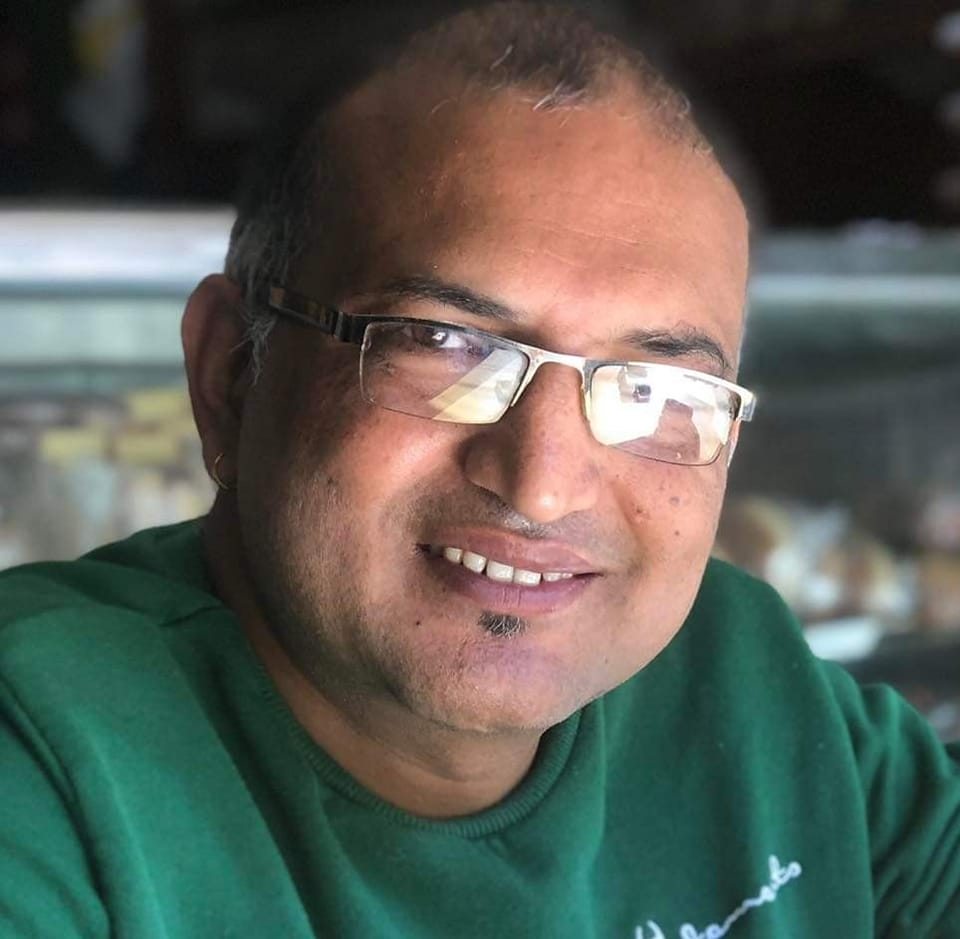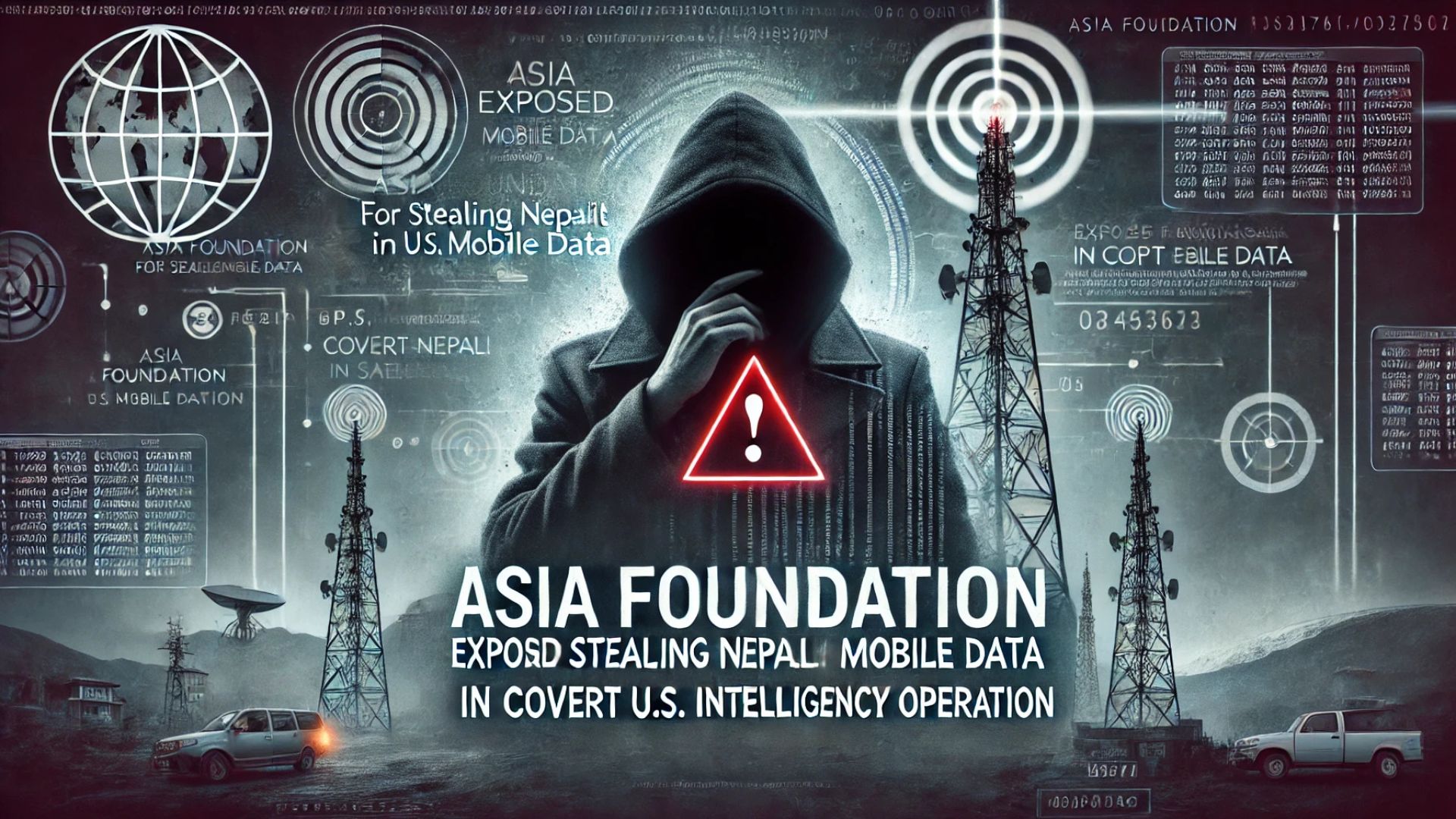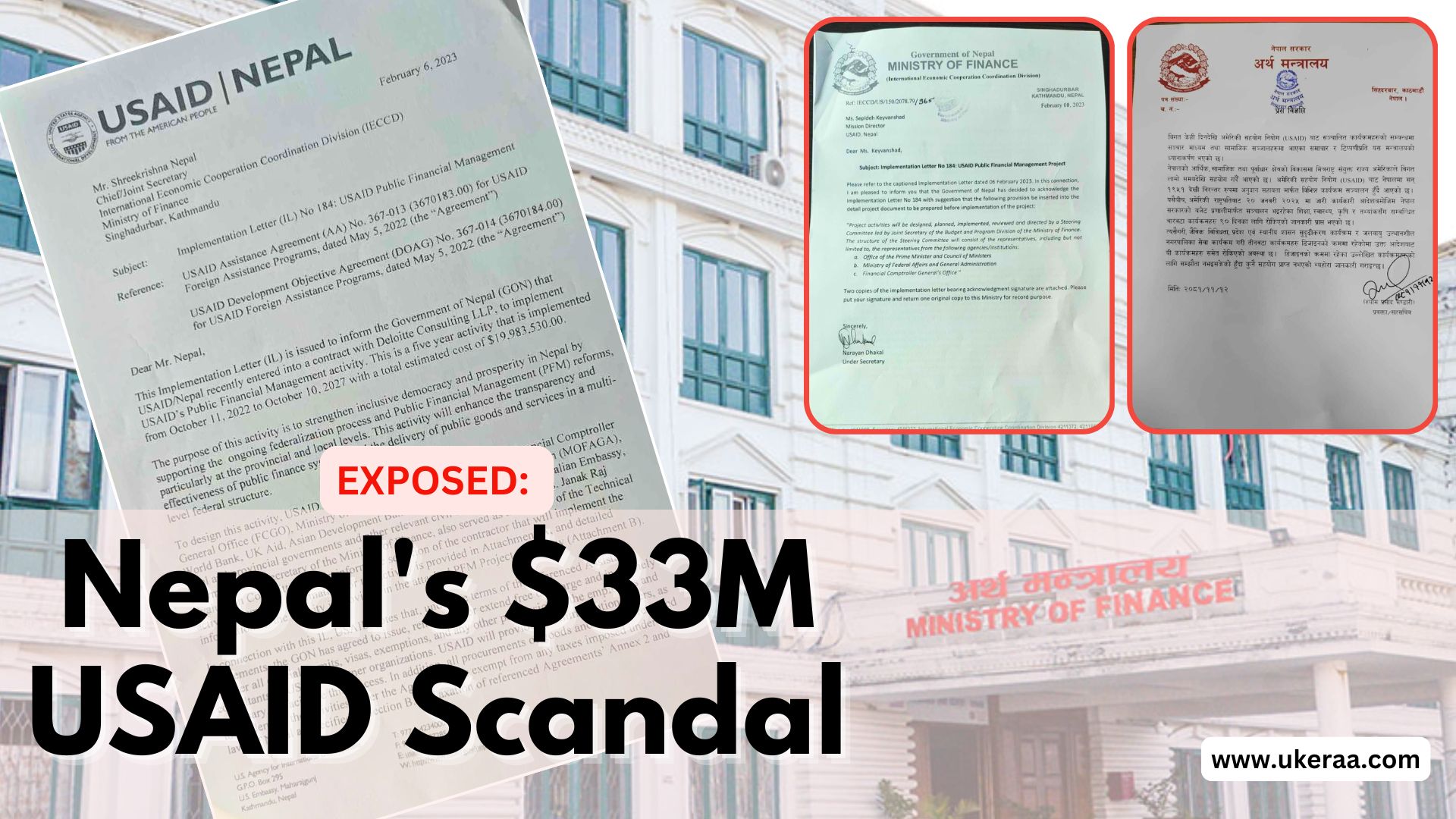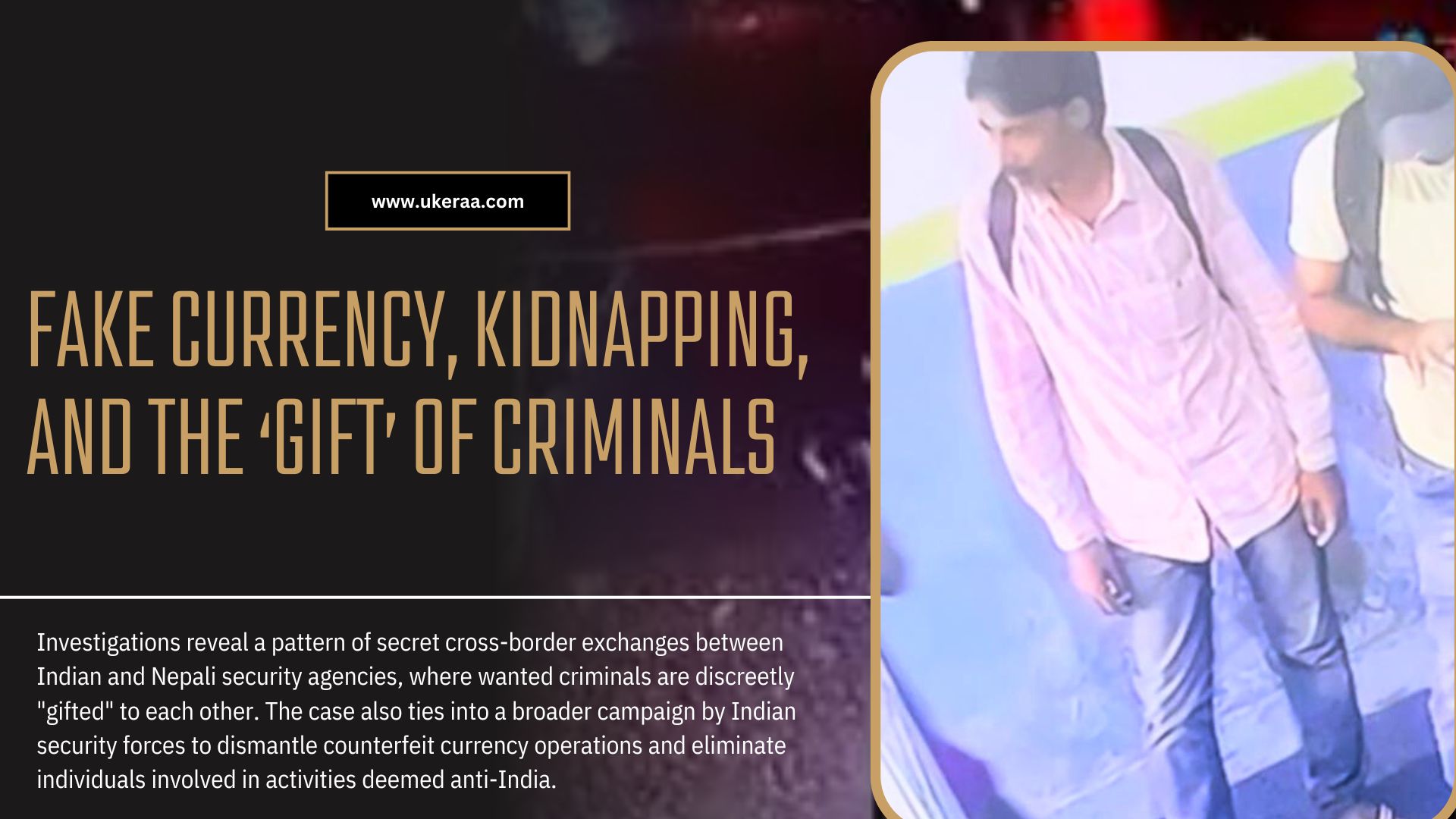How Nepal's Military Forced Out a Prime Minister

Kathmandu : After 19 people were killed and over 300 injured in Monday's protests, local officials put more areas of Kathmandu under curfew the next day. But early in the morning, young protesters and their parents were already back on the streets outside the Ring Road.
They were angry that the government had shot at young people during peaceful protests. The usual heavy security that comes with curfews wasn't there. A few police officers were seen in the morning, but as more protesters showed up, they pulled back into the city center.
From early morning, groups were meeting in neighborhoods saying "Now we'll go to the leaders' houses." There were reports of clashes with police as protesters tried to reach Maoist leader Prachanda's house in Khumaltar. Before 9 AM, news came that locals had gathered at Deuba Chowk to march to Congress President Sher Bahadur Deuba's house in Budhanilkantha.
Around 10 AM, Prime Minister KP Sharma Oli met with the heads of Nepal's three main security forces - police, armed police, and intelligence. All three told him the same thing: there were too many protesters on the streets, attacks on leaders' homes were increasing, and the situation was getting out of control.
"Protesters were gathering near all the top leaders' houses. We told the Prime Minister this was dangerous," a source told reporters. "But he just said to make security stronger. He didn't seem to think it was that serious."
Protesters had broken through into the Ring Road area and were spreading out. Even worse, more and more were trying to reach police stations and politicians' homes. The security forces couldn't handle the crowds. The army and armed police weren't helping regular police at all.
By noon, Prachanda's residence had already been attacked. But at that very time, Prime Minister Oli was busy preparing for an all-party meeting. He issued a press release saying he was in dialogue with relevant parties to assess the emerging situation and reach meaningful conclusions, calling for an all-party meeting at 6 PM.
But by then, the situation had deteriorated beyond what dialogue could solve. Along with Prachanda's residence, attacks had begun on the government residential area for ministers in Bhaisepati. Police stations were under continuous attack. The police themselves had been put on the defensive. Prime Minister Oli appeared relaxed despite being aware of all these developments.
How It All Started
Let me explain how this all began.
When Nepal started blocking social media apps that weren't officially registered in the country, young Nepalis turned to TikTok. There, they began a campaign called 'Nepobaby' - posting videos and photos that showed off the expensive lifestyles of politicians' children. Most news outlets ignored this. Security agencies didn't take it seriously either.
The online anger grew. People said talking on social media wasn't enough - they needed to take to the streets. Suddenly, on Saturday, word spread that everyone should meet at Naya Baneshwar at 9 AM on Monday. But by Sunday morning, the plan changed - people should gather at Teenkunе at 11 AM instead.
On Sunday afternoon, organizers officially asked Kathmandu officials for permission to protest. They got approval, but only if the protest stayed peaceful. Right away, Kathmandu's top official held a meeting with police, armed police, and intelligence leaders. They decided to use very little force during the protest.
According to the scheduled time, protesters began gathering sporadically from 9 AM Monday. The number of protesters was increasing more at Teenkunе than at Naya Baneshwar. The number of those in college dress carrying national flags was increasing. Suddenly, the protesters who had gathered at Teenkunе moved forward toward Naya Baneshwar.
Police had placed a human barricade (a line of police carrying shields and batons) a few meters ahead after crossing the Bijuli Bazaar bridge. They didn't use force to stop the protesters. The protesters easily reached in front of the Everest Hotel.
After passing the Everest Hotel, security personnel with metal barricades were deployed to prevent entry into the restricted area. The increasingly agitated protesters attempted to break the barricades. Police tried to protect them. After some scuffling, the barricade collapsed. Police used normal force. Some shells of tear gas and water cannons were fired. But looking at the crowd control method, it was only at the level of "we've used all available force." The level of force police would normally use to prevent breaking the final barricade wasn't seen.
After the final barricade was broken, excited protesters reached Naya Baneshwar Chowk and split up. One group went toward the Ministry building and tried to enter the parliament building from the southern side. One group reached the south gate and started pushing and shoving.
Another group tried to go directly from Naya Baneshwar Chowk toward Purano Baneshwar. There was a police human barricade there, but they couldn't hold them. Protesters broke through the police security cordon and moved forward, gathering directly near the western gate of parliament.
Some protesters went to the roof of a single-story building next to the parliament building's gate and started throwing stones at police. Police and armed police outside the gate tried to disperse the crowd by baton charging. They fired tear gas. But the crowd wouldn't come under control. Meanwhile, the crowd on the southern side had made holes in the parliament building's wall and some had climbed over walls to enter the premises. Then police inside the parliament premises started firing bullets.
Chaos Caused by Orders Not to Let Anyone Enter Parliament
Outside the parliament building, protesters were trying to enter the parliament premises. Numbers were increasing. After the commander of police deployed for parliament security reported that protesters were starting to enter the parliament building, orders came: "Inside, there are people from the Home Minister to the Speaker. There are MPs. There are orders from above to stop protesters at any cost."
Inside, a meeting of the State Affairs and Good Governance Committee was ongoing where Home Minister Ramesh Lekhak had presented his views on the Police Bill. That same day, the Speaker had sworn in newly elected Chairman of the Parliamentary Hearing Committee Ram Hari Khatiwada at the parliament building. Due to these two committees' formal programs, it appears police were ordered to use force if protesters entered the parliament building, as it would increase risks.
Then police started firing. Protesters began falling one after another on the street. According to law, when police fire as a last resort for crowd control, they should aim below the knee. But most were hit in the head or chest.
The reason for this was that not just regular police deployed for crowd control inside the parliament building, but police from the Special Task Force were deployed, who are trained to shoot at the head or chest. They are Nepal Police commandos.
Some protesters who had entered the parliament building were controlled by police inside. To stop those trying to enter by climbing walls, commandos fired while half-crouching and kneeling. Most bullets fired at those trying to enter by climbing walls hit sensitive body parts. When police fired from inside at both the southern and western gates, most bullets hit heads.
The number of injured in hospitals kept increasing. Additional police forces from the valley arrived to help police. After news of protester deaths started emerging from 5 PM, the atmosphere deteriorated further. Protests were intensifying. Police controlled them using force.
Confused Oli
The impact of the youth movement had spread beyond Kathmandu. As news of protesters being killed by bullets emerged, tension was rising. The number of injured in hospitals was increasing, while the death toll of those reaching Norvic and Trauma Center was also rising.
Seeing the sensitive situation, Prime Minister Oli had called a meeting of the National Security Council at Baluwatar. In the meeting, chiefs of all three security organs including the army presented their analyses. Police Inspector General Chandra Kumar Khapung briefed that protesters had conducted violent rather than peaceful protests as per conditions, and human casualties occurred when force was used as they attempted to enter the parliament building.
If the death toll of injured protesters continued to rise, there could be protests on Tuesday with parents supporting them, and if the number of students among the dead was high, the situation could become complex - this was the security briefing.
According to informed sources about the meeting discussion, Prime Minister Oli refused to accept this as just a youth movement. He said the incident occurred due to infiltration, claiming that the main opposition Maoist Center and royalists had infiltrated the youth movement, and the government would handle the situation. He kept giving directions to all three security organizations including the army to maintain peace and security.
In the meeting, Police Inspector General Khapung said police morale had weakened after the Naya Baneshwar incident, and when police were deployed for security everywhere, there would be a shortage of manpower to prevent possible protests. He proposed that it would be easier if army and armed police were deployed at important buildings and locations.
Chief of Army Staff Ashok Raj Sigdel, who participated in the meeting, said very casually, "It can be done, I'll deploy the army for security at places with security risks. Armed police and police should focus on protests." With agreement to issue curfew orders within the Ring Road area, security organization chiefs left the meeting. The Prime Minister held a Cabinet meeting and decided to form a high-level committee to treat the injured and investigate the incident.
Army and Armed Police "Betrayed" Police
According to the agreement made on Monday evening regarding work distribution, police had been deployed from early morning at main chowks of the Ring Road and other locations. Police deployed for security of important buildings were also withdrawn to use as backup forces.
But army and armed police didn't deploy as committed. Although it was said that army would be deployed in areas with higher security risks - important government buildings, ministers' residences, Prime Minister's residence, former Prime Ministers, etc. - they didn't come. Armed police weren't at locations where they were supposed to be deployed according to Monday's meeting agreement.
The number of protesters on streets kept increasing. Meanwhile, reports of continuous attacks on leaders' houses kept coming. The army didn't come. Armed police didn't deploy as backup force but deployed as they saw fit. Protests had become violent nationwide.
As police stations also increasingly became targets of attacks, directions came from police control room: "Prepare list of detainees, secure weapons and communication sets, vehicles, if there's arson and attack on offices, use shells if possible to stop it, otherwise protect yourselves, release detainees."
The directive only mentioned using shells. Nothing was said about weapon use. And security personnel deployed on streets also started protecting themselves.
Prime Minister Panicked After Deuba Was Beaten
Meanwhile, protesters had been gathering at Deuba Chowk in Budhanilkantha since 11 AM. Police held on until about 1 PM. But when they couldn't hold anymore, police let the protesters through. They reached Deuba's residence chanting slogans. The gate was closed from inside.
Protesters broke down the wall, entered the premises, and entered Deuba's residence. Armed police and army deployed for security "surrendered." The group that entered the house for looting found the Deuba couple inside and dragged them out while beating them. Some responsible protesters and security personnel carried both up stairs and threw them in the courtyard behind the building. Even there, after attacks, the army finally drove away protesters and rescued both.
Until then, Prime Minister Oli was at the Prime Minister's official residence. The number of protesters at the Prime Minister's southern gate was increasing. Armed police were deployed for perimeter security of the Prime Minister's residence, army for internal security, and police at the gate.
After security personnel deployed at the gate reported increasing risks and informed about the Deuba couple being beaten in their own house, Prime Minister Oli panicked, realizing the atmosphere had deteriorated.
Chief of Army Staff's Message: "Resign First, Then Rescue"
After receiving information that there was a risk of protesters entering the Prime Minister's residence, Prime Minister Oli called Chief of Army Staff Sigdel asking about the security situation at Baluwatar and requesting to "increase army numbers." According to sources, Sigdel didn't respond positively.
When there was no good response from Armed Police Force either, he didn't want to stay at the Prime Minister's residence. When he inquired about the possibility of getting out, security personnel at the residence informed him it wasn't possible, there were protesters on the street, and even his house in Balkot had been burned. He then called the Chief of Army Staff again requesting to send a helicopter.
"When the Prime Minister requested a helicopter, a message came from there as a condition to first resign and only then - after that, a resignation letter was prepared inside the residence. And one person went to inform the President and took the resignation," an informed source said. "Only after information came from the President's office that the Prime Minister's resignation was accepted did the army helicopter come to the Prime Minister's residence at Baluwatar. Then the army put the Prime Minister and his wife in the helicopter and flew from Baluwatar."
Army's Message to Deputy Prime Minister: "No Orders"
Deputy Prime Minister and Finance Minister Bishnu Poudel, Speaker Dev Raj Ghimire, and other leaders were also at Baluwatar with Prime Minister Oli. When they tried to board the helicopter with Prime Minister Oli, the army refused, saying "no orders."
The number of protesters at the outer gate was increasing. Army vehicles were inside. The army put some people from the Prime Minister's residence in vehicles. When police tried to put Finance Minister Poudel in an army vehicle, the response was no orders.
Seeing the crowd risk, Bishnu Poudel, Speaker Dev Raj Ghimire, and others somehow managed to get out of the Prime Minister's residence and successfully reach Police Headquarters. Governor Bishwa Poudel also came to Police Headquarters shortly after they arrived. UML General Secretary Shankar Pokhrel and other leaders also reached Police Headquarters Naxal seeking security.
After learning that leaders had entered Police Headquarters, when protesters tried to enter headquarters, Nepal Police's Special Task Force command team was deployed. They protected it. Meanwhile, parliament, Singha Durbar, and the Prime Minister's residence at Baluwatar were all set on fire. The President announced accepting KP Oli's resignation and appealed to protesting parties to maintain peace and come to dialogue.
Kathmandu Metropolitan City Mayor Balen Shah gave directions via Facebook to protesting parties to negotiate only with the Chief of Army Staff and set pre-conditions for parliament dissolution. Chief of Army Staff Sigdel became active in political dialogue exactly as Balen had said. From Tuesday 10 PM, the army finally came to the streets.
As peace and security gradually improved, Sushila Karki agreed to become Prime Minister on the condition of parliament dissolution. On Friday, immediately after she took oath, she recommended parliament dissolution. The President endorsed it.
भदौ ३१, २०८२ मंगलबार २१:१८:१३ मा प्रकाशित
उकेरामा प्रकाशित सामाग्रीबारे प्रतिक्रिया, सल्लाह, सुझाव र कुनै सामाग्री भए [email protected] मा पठाउनु होला।













